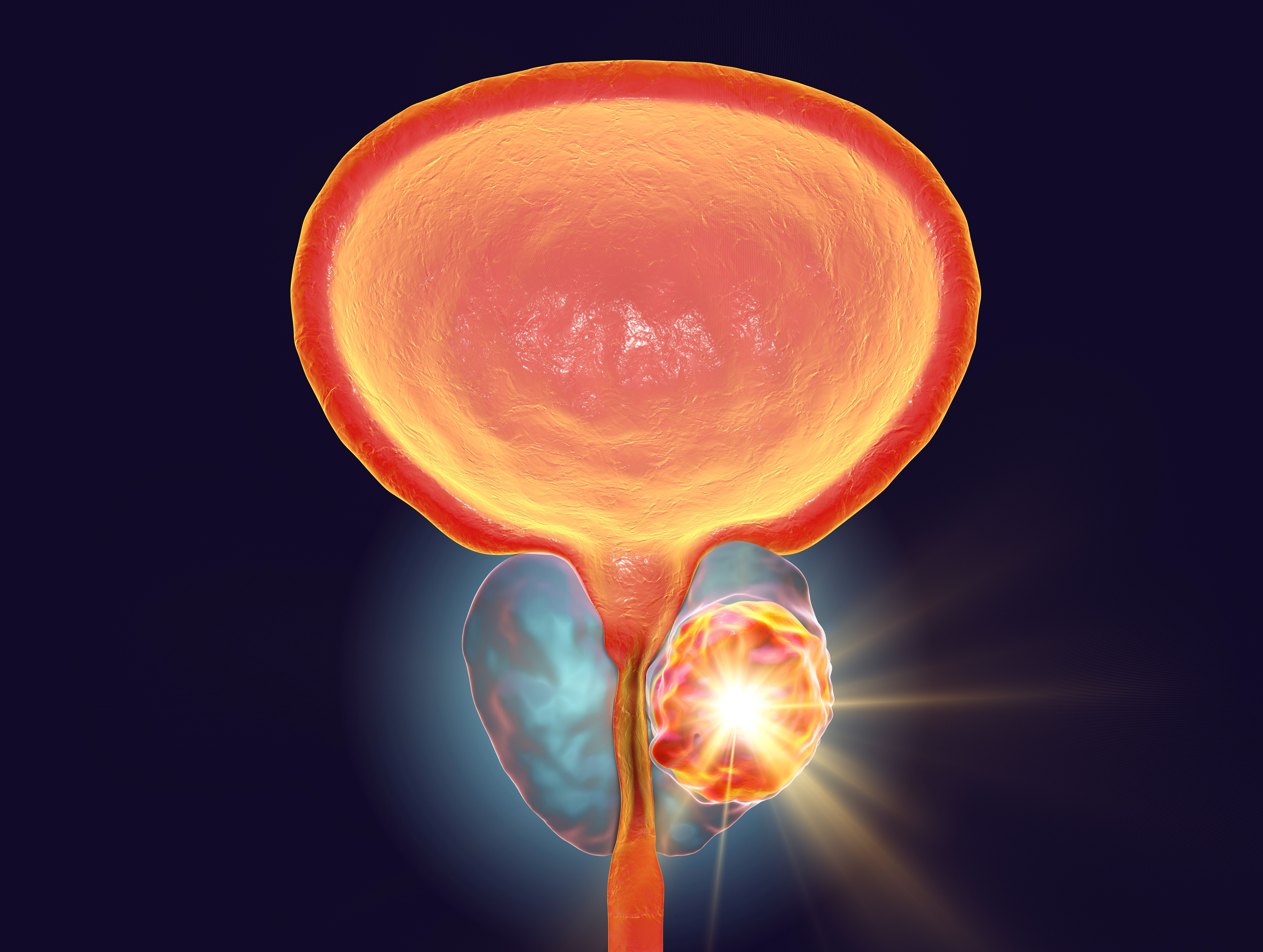Feature
Article
HOPA 2025: Advancements and Challenges in Neoadjuvant Therapy for Regional Melanoma
Author(s):
Key Takeaways
- Melanoma remains a significant health concern, with over 100,000 new cases expected in 2025, particularly affecting fair-skinned and older populations.
- Staging is critical for prognosis, with stage III melanoma showing varied survival rates and necessitating aggressive management.
Christine Barrett, PharmD, BCOP, addressed advances in the treatment of stage III melanoma that provide the potential to improve long-term outcomes by enhancing immune response, tailoring surgical approaches, and refining patient selection strategies.
Melanoma, the fifth most common type of cancer in the United States, remains a significant public health concern, with the American Cancer Society estimating that over 100,000 new melanoma cases will be diagnosed and nearly 8400 patients will succumb to the disease in 2025. Although significant therapeutic advancements have transformed the treatment landscape—particularly with the advent of immunotherapies and BRAF/MEK targeted therapies—melanoma continues to exact a substantial global burden, particularly in fair-skinned populations and older adults, explained Christine Barrett, PharmD, BCOP, during the Hematology/Oncology Pharmacy Association (HOPA) 2025 Annual Conference in Portland, Oregon.
Epidemiology and Risk Factors
Artistic depiction of a melanoma cell. Image Credit: © Татьяна Креминская - stock.adobe.com

Cutaneous melanoma is predominantly diagnosed in older individuals, with higher incidence observed in males and non-Hispanic White patients, explained Barrett. Key risk factors include ultraviolet radiation exposure, light skin and hair phenotype, personal and family history of melanoma, and genetic predispositions.
“Now, fortunately, the majority of patients at diagnosis will present with localized disease, which has a 5-year relative survival of 100%,” said Barrett, an oncology pharmacy specialist at WVU Medicine, during the HOPA 2025 Annual Conference. “Now, unfortunately, over a third of those patients will eventually develop some form of recurrence or metastases. We do know a smaller portion of patients will present with regional or with distant metastases, and those confer a much lower 5-year relative survival rate.”
Regional Melanoma and Prognostic Considerations
Melanoma staging plays a pivotal role in determining treatment and prognosis, according to Barrett. In patients with regional disease—comprising satellite lesions, in-transit metastases, and regional lymph node involvement—the prognosis becomes more variable and complex.
Satellite and microsatellite metastases refer to dermal or subcutaneous metastases that occur within 2 centimeters of the primary tumor, while in-transit metastases are found more than 2 centimeters away from the primary tumor but have not yet reached the regional lymph nodes. These patterns of spread are biologically and prognostically similar and fall under stage III disease, according to Barrett.
Outcomes for stage III melanoma are highly heterogeneous. Five-year relative survival rates vary substantially across substages, with stage IIIA patients experiencing about a 78% survival rate, compared to 59% for IIIB, and only 40% for IIIC. Particularly poor outcomes are observed in patients with macroscopic lymph node involvement, with overall survival (OS) rates of 60% at 2 years and 30% at 5 years. These OS rates underscore the need for aggressive management and close monitoring of patients with advanced regional disease, according to Barrett.
Standard of Care in Regional Melanoma
For patients with stage III melanoma, the National Comprehensive Cancer Network (NCCN) recommends initial management with wide local excision and total lymph node dissection, followed by adjuvant systemic therapy, Barrett explained. The choice of adjuvant treatment hinges on tumor biology, particularly with the presence of BRAF V600 mutations. Options include PD-1 inhibitors such as nivolumab (Opdivo; Bristol Myers Squibb) or pembrolizumab (Keytruda; Merck & Co), and for BRAF-mutated tumors, the BRAF/MEK inhibitor combination of dabrafenib (Tafinlar; Novartis) and trametinib (Mekinist; Novartis). These treatments are typically administered over a 1-year period following surgical resection.
The evidence for adjuvant immunotherapy is compelling, according to Barrett. The pivotal CheckMate 238 trial (NCT02388906) demonstrated that patients receiving nivolumab had significantly longer recurrence-free survival (RFS) compared to those receiving ipilimumab (Yervoy; Bristol Myers Squibb), with fewer high-grade treatment-related adverse events (AEs) and lower discontinuation rates. Similarly, the KEYNOTE-054 trial (NCT02362594) found that pembrolizumab substantially improved RFS in resected stage III melanoma, with sustained benefits observed at 5 years. These studies established PD-1 blockade as a cornerstone of adjuvant therapy in regional melanoma.
The COMBI-AD trial (NCT01682083) further expanded the therapeutic arsenal by showing durable RFS improvements with adjuvant dabrafenib and trametinib in patients with BRAF V600E/K mutations. This trial supported the idea that targeted therapy could be as effective as immunotherapy in selected molecular subgroups.
Interestingly, while the combination of ipilimumab and nivolumab has been explored in the adjuvant setting—as in the CheckMate 915 (NCT05297565) study—it did not confer a significant improvement in RFS over nivolumab monotherapy, Barrett explained. Moreover, the combination carried a higher toxicity burden. Thus, single-agent PD-1 blockade remains the preferred adjuvant regimen for most patient populations.
The Emergence of Neoadjuvant Therapy
Despite advancements in adjuvant therapy, a notable proportion of patients—up to 35%—continue to relapse within 2 years of surgery, according to Barrett. This limitation has prompted researchers to explore neoadjuvant therapy as a potential means to improve long-term outcomes.
Neoadjuvant approaches offer several theoretical and practical advantages. Primarily, they aim to downstage tumors, increasing the likelihood of complete resection while reducing surgical morbidity. More importantly, in the context of immunotherapy, delivering treatment prior to surgery—when tumor antigen load and T-cell infiltration are at their peak—may elicit a more robust anti-tumor immune response.
Preliminary evidence suggests that neoadjuvant immunotherapy can result in high rates of pathologic response and may serve as a valuable predictor of long-term outcomes. For example, pathologic response assessments can help identify patients who may not require extensive lymph node dissections, potentially sparing them from morbid procedures without compromising oncologic control.
However, neoadjuvant therapy is not without its challenges. Concerns include the risk of disease progression prior to surgery, immune-related AEs (irAEs) that could delay or complicate resection, and the potential for early resistance to therapy. Moreover, surgical planning must be tightly coordinated to ensure timely intervention, Barrett explained. For these reasons, a multidisciplinary approach involving both medical and surgical oncology teams is essential to appropriately select patients and manage neoadjuvant treatment.
Updated Guidelines and Clinical Data
The latest NCCN guidelines now incorporate neoadjuvant therapy for patients with resectable stage III melanoma and clinically detectable nodal involvement, according to Barrett. Category 1 recommendations include pembrolizumab, while other acceptable options include nivolumab, the combination of nivolumab and ipilimumab, and the novel pairing of nivolumab with relatlimab-rmbw (Opdualag; Bristol Myers Squibb), a LAG-3 inhibitor. The latter combination has shown promise in early-phase trials, with one neoadjuvant study reporting a 57% pathologic complete response rate without any grade 3 or 4 AEs.
For patients with BRAF-mutated melanoma, neoadjuvant dabrafenib and trametinib has also been explored, although its role remains less clearly defined compared to immunotherapy, Barrett explained.
Patient Selection and Future Directions
One of the most pressing clinical questions is how to optimally select patients for neoadjuvant therapy. Evidence from trials suggests that those with a high burden of nodal disease may derive less benefit, and rare melanoma subtypes such as acral and mucosal variants—which were largely excluded from clinical studies—may be less responsive to immunotherapy. Moreover, while adjuvant therapy is now available for high-risk stage II disease, data for neoadjuvant approaches in this population are currently lacking, Barrett explained.
Pharmacists and other health care providers play a key role in managing neoadjuvant therapy, particularly by monitoring for irAEs, which can affect timing and safety of surgery. High-dose corticosteroids are the standard treatment for irAEs, but concerns remain about their impact on wound healing and surgical outcomes. However, data from the PRADO trial (NCT02977052) suggest that early steroid use does not necessarily increase surgical morbidity, offering some reassurance, Barrett noted.
Novel Agents and Combinations
In addition to conventional immunotherapies and targeted therapies, a wave of investigational agents and novel strategies are reshaping the treatment landscape. These include:
- Oncolytic viruses, which are designed to selectively infect and lyse tumor cells while stimulating an immune response;
- Tumor-infiltrating lymphocytes, which can be expanded ex vivo and reinfused to augment anti-tumor immunity;
- Cancer vaccines, which are aimed at priming the immune system against specific tumor antigens.
- And triplet therapy combining BRAF/MEK inhibitors with PD-1 inhibitors, which is also under investigation and may provide synergistic effects.
The evolving role of biomarkers is another exciting frontier, according to Barrett. Identifying molecular or immunologic markers that predict response could personalize therapy, reducing overtreatment and minimizing toxicity.
Closing Thoughts
The treatment of stage III melanoma has entered a transformative era, driven by immunotherapy, targeted agents, and a growing interest in neoadjuvant strategies, Barrett explained. While current therapies have improved RFS, durable cures remain elusive for many patients. The integration of neoadjuvant therapy offers a promising path forward, with the potential to enhance immune responses, tailor surgical approaches, and ultimately improve survival.
“Neoadjuvant immunotherapy and response-driven adjuvant treatment improve RFS and event-free survival,” Barrett said. “Safety appears to be like that of adjuvant [therapy], and patients who are candidates for systemic therapy should be considered for neoadjuvant [therapy].”
REFERENCE
Barrett C. Advances in Neoadjuvant Therapy for Melanoma. Presented at: Hematology/Oncology Pharmacy Association (HOPA) 2025 Annual Conference; Portland, Oregon; April 9-12, 2025.
Newsletter
Stay informed on drug updates, treatment guidelines, and pharmacy practice trends—subscribe to Pharmacy Times for weekly clinical insights.





